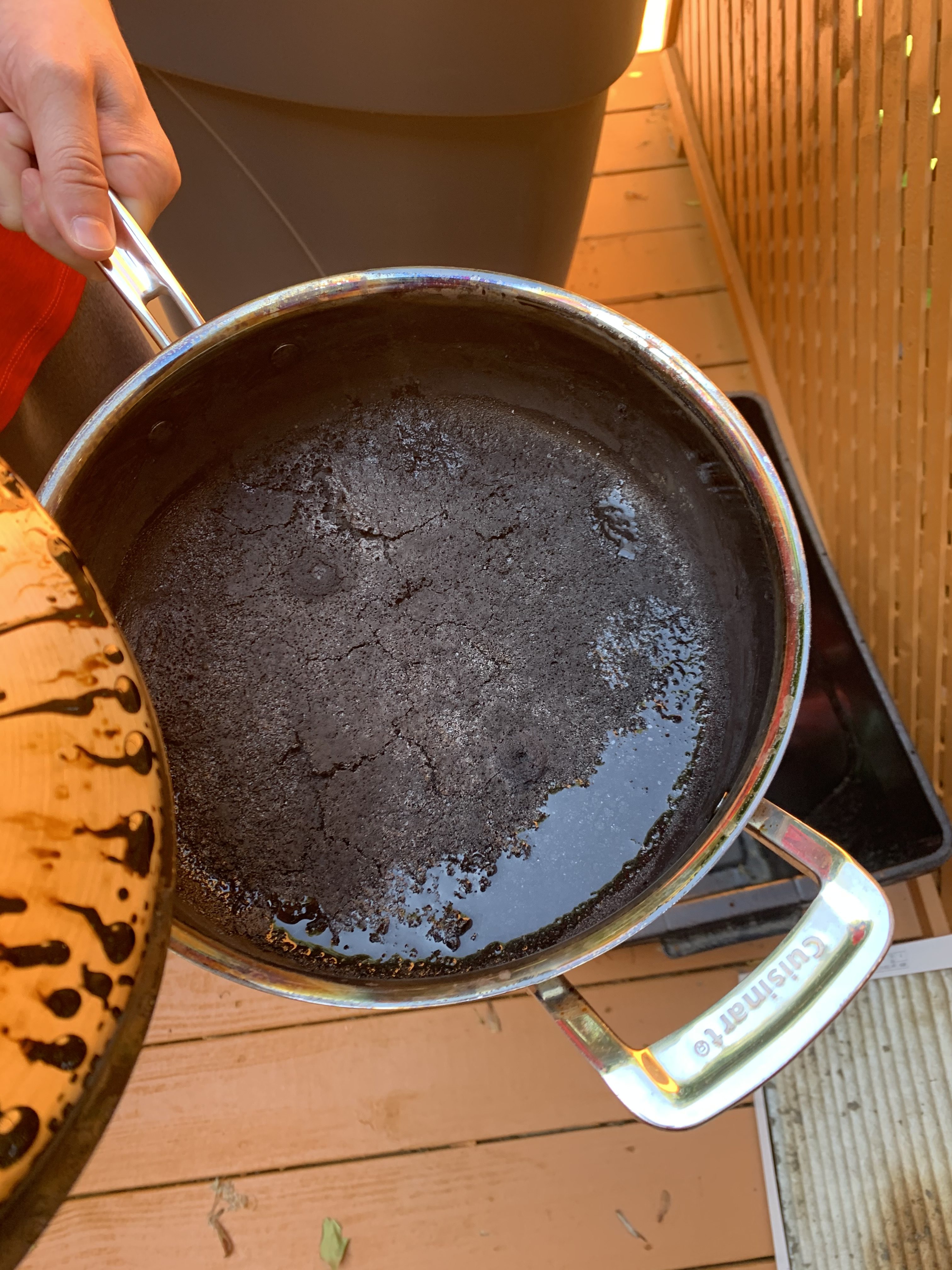Smoke Damage Restoration – What is Smoke?
Every fire is unique as there are many factors that contribute to the extent of damage and, more importantly, the extent of restorability. There is no such thing as ’typical’ fire damage.
During an active fire, heat, fuel, oxygen and a chain reaction combine which causes materials to combust. Smoke is the visible product of incomplete combustion and consists mostly of gases, aerosols, liquids and many condense as solids. These solids are referred to as fire residues. Fire residues are what remain after the smoke clears. These residues may adhere to surfaces they impinge on (e.g., walls, ceilings) or may simply fall out of the air stream as the smoke cools eventually depositing on horizontal surfaces (e.g., counter tops, floors).
Simply stated, the black stains or particulate you see on various surfaces after a fire are the deposited fire residues carried by smoke.

3 Components of Fire
Heat – Specific surfaces respond differently to heat. Temperatures high enough to melt plastic may have no effect on glass or tile. 5 factors must be considered when evaluating heat damage after a fire:
- Height – Heat rises, heated smoke will interact more intensely with higher surfaces than those closer to the floor.
- Proximity – the temperature of smoke drops the further it gets from the heat source.
- Exposure – items in the direct line of heated smoke will be more impacted than those shielded by a wall or barrier.
- Response – heat disperses broadly, items of similar materials will show similar responses to heat.
- Mass – Items that are of greater mass tend not to react to heat as quickly as items of lesser mass.
Fuel – Different fuels produce different types of smoke when burned. Fuels can be broadly characterized in three categories; natural, synthetic and protein. Natural materials such as wood, wool, cotton when burnt produce a smaller dry combustion particle consisting mostly of carbon and ash. These residues respond well to removal procedures.
Burnt synthetics (e.g., plastic) produce larger combustion particles that can smear easily making removal complicated. Synthetic combustion particles can also link together forming smoke webs that appear where walls meet ceiling, particularly in corners. Fire residues from synthetic fires can also contain corrosive chemicals.
As stated above, the visible black discoloration and particulate are from both natural and synthetic burnt fuels. These residues emit an odor best described as ‘smoky’. Think of a campfire or burnt rubber. The third type of fuel residue is uniquely different that the two aforementioned fuels – protein.

Protein fire residues are produced when meat, fish or poultry slowly burn (carbonize) in a pot on the stove or in the oven. These residues are not readily visible and leave no obvious discoloration. Rather the residues deposit as a film on surfaces. Little heat is produced during this slow carbonization of the protein so the residues are carried on normal indoor air currents. Perhaps the most obvious damage is the odor from a protein fire. This unmistakable odor is rancid and pungent and very difficult to remove.
Oxygen – The amount of available oxygen directly affects the rate at which combustion occurs. Fires that have an ample supple of oxygen will burn faster, hotter and will consume the fuel more completely. Fires that lack adequate oxygen burn slower, produce less heat and do not consume the fuel as efficiently resulting in residues which contain high amounts of resins and tars.
Wet smoke oxygen starved residues deposit as an even coating, most noticeable on horizontal surfaces, and is often referred to as ‘wet’ smoke. The slower moving smoke will enable the residues to penetrate into wall and ceiling cavities making visual detection difficult. Substantial demolition may be required to locate all impacted areas. The thick sticky residue deposits are also extremely malodorous and will require significantly more labor to remove than those produced by oxygen rich fires.
When searching for smoke damage restoration services in Northern VA we are ready to help! Located in Herndon, VA, we serve Fairfax County, Northern VA, and the surrounding areas. Contact us 24/7 at (703) 204-0401 or request service here.